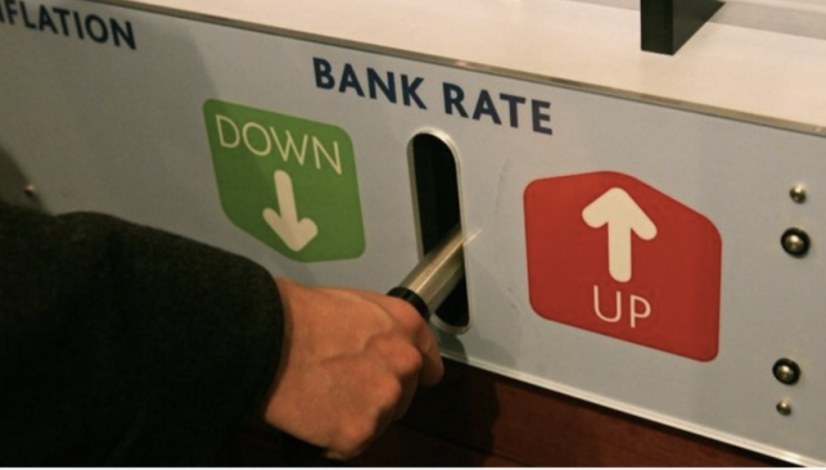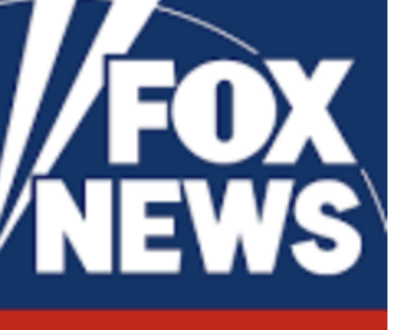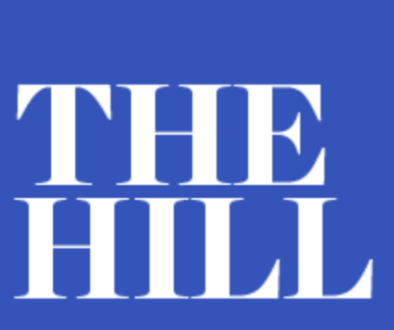Trump rightly fears the Fed will smother the economy

Federal Reserve Chairman Jerome Powell spoke in Dallas recently, and for the first time, seemed to suggest some flexibility in the speed with which the central bank is raising interest rates.
In his remarks, he linked rate hikes with some signs of slowing growth; some have interpreted his comments as opening the door to a slightly less aggressive “normalization” path.
It’s about time. Many have questioned why the Federal Reserve is in such a hurry to raise rates. Inflation is tame and U.S. growth has recovered to roughly the average achieved over the past 70 years.
The expansion is providing needed (modest) wage increases and also helping to prop up sagging economies in the EU and Japan. Investors have shown their disapproval of rapidly rising rates, battering stocks in recent weeks.
President Trump has voiced his disapproval, too, and that could be a problem.
For several weeks, Trump has lambasted the Fed, calling its actions “crazy,” “loco” and “ridiculous.” Lest anyone be confused, he is not happy with Fed Chairman Jay Powell, under whose leadership the board has lifted interest rates three times this year.
A fourth hike is expected in December, and three or more next year. The Fed’s rate is now 2.0-2.25-percent range, the highest level since October 2008, on the eve of the financial collapse.
On cue, critics of the president have accused him of trying to influence the decision-making of the Federal Reserve and of undermining its independence.
Just recently, Senators Jeff Flake (R-Ariz.) and Chris Coons (D-Del.) sent a letter to the president telling him to knock off his “ill-advised commentary,” saying that his public rebukes are “unconstructive and dangerous.”
Flake and Coons are not alone. Christine Lagarde, head of the International Monetary Fund, jumped in to defend Powell, which was rich considering that when the Fed started hiking rates in 2015, she was quick to warn that the “spillover effect” from Fed tightening could lead to market instability, especially in emerging markets.
Some fear that the president’s hectoring may be putting Fed Chair Jay Powell in an awkward position. If he doesn’t follow through with a much-anticipated fourth rate hike in December, some will criticize him for kowtowing to Trump.
The Fed will also come under scrutiny if it is seen to be bailing out the harm done by Trump’s trade battles. But surely Powell will have the gumption to do what is right. If our growth is in jeopardy, the Fed must back off.
The Fed is nervous that growth of better than 3 percent will result in soaring wages and a spike in inflation. But officials have been puzzled these past couple of years that wage growth has increased only modestly, even as unemployment plummeted.
The presumption that our economy is on the verge of overheating is a vestige of overarching pessimism about what could be “sustainable” growth; call it the “Larry Summers effect.”
Summers, the former director of the National Economic Council under President Obama, has famously suggested that the U.S. faces “secular stagnation,” a position that seeks to excuse the underwhelming economic performance of recent years.
The Fed is trying to raise interest costs just enough to prevent runaway inflation but not enough to throw the economy into recession, a feat that, as a piece in Bloomberg pointed out, “the central bank has accomplished only once in its 104-year history.” Are we confident this will be the second time?
With the U.S. being the only major economy trying to raise rates to more “normal” levels, the dollar has moved higher, creating credit issues in other countries and trimming earnings prospects for U.S. multinationals.
Prices being charged by U.S. exporters are rising, making it more difficult for them to compete, while here at home, rising rates have created a significant drag on housing. Also, analysts are citing rising debt costs as a factor limiting earnings growth next year.
There has been widespread consensus that interest rates should move gradually higher, in part because of fears that come the next recession, the Fed will have no arrows in its quiver if rates still hover at near-zero levels.
Also, there is little doubt that inflation, long dormant, has perked up. While raising rates may make sense, it is the pace of the hikes and the ultimate target that are controversial.
Consider the inflation news. The most recent headline from Marketwatch sounded alarming, but that number for October turns out to have been boosted by higher gasoline costs, which are now tumbling.
While the Consumer Price Index in October rose 0.3 percent, the most since January, the annualized gain in the “core” rate actually fell to 2.1 percent from 2.2 percent in September, the smallest rise since April.
For the 12 months ending Sep. 30, the “all items” index rose 2.3 percent, well within the Fed’s preferred target zone. The Personal Consumption Expenditures Index, the Fed’s preferred measure, was ahead 1.99 percent year-over-year in September, in line with the Fed’s target.
In the coming few months, the drop in oil prices will continue to help keep consumer prices under control, as will the strong dollar. Despite tariffs imposed by the White House, Americans’ appetite for foreign-made goods has led to sharply higher imports.
In September, goods imports totaled $217 billion, which was both a record and an 11-percent increase from the year before. The cost of those goods is being held in check by the strong dollar.
For the 12 months ending September, the price of imports, excluding fuel, rose only 0.7 percent. The dollar over that period strengthened 6 percent against a basket of currencies representing our main trading partners.
Overall, inflation is rising, but is still tame.
The economic acceleration of the past two years has stemmed from tax cuts and a loosening of Obama’s regulatory vise, but it has depended also on optimism. Consumer and business sentiment has soared, leading to higher spending, hiring and investment.
An overly aggressive Fed could quench that ebullience. The most recent reads of small business and consumer sentiment suggest that a retreat is already underway. Let’s hope Chairman Powell is paying attention.
Published on The Hill




